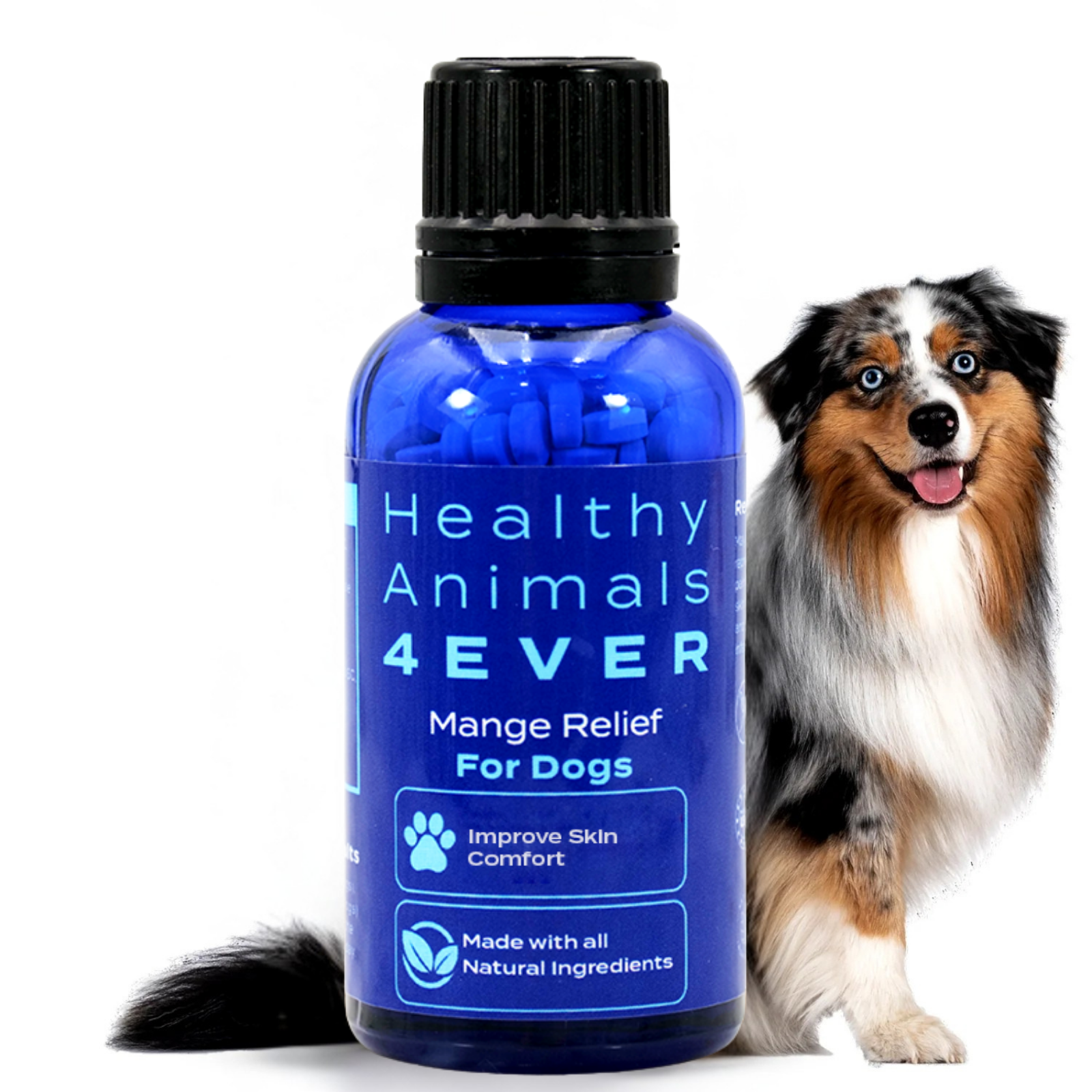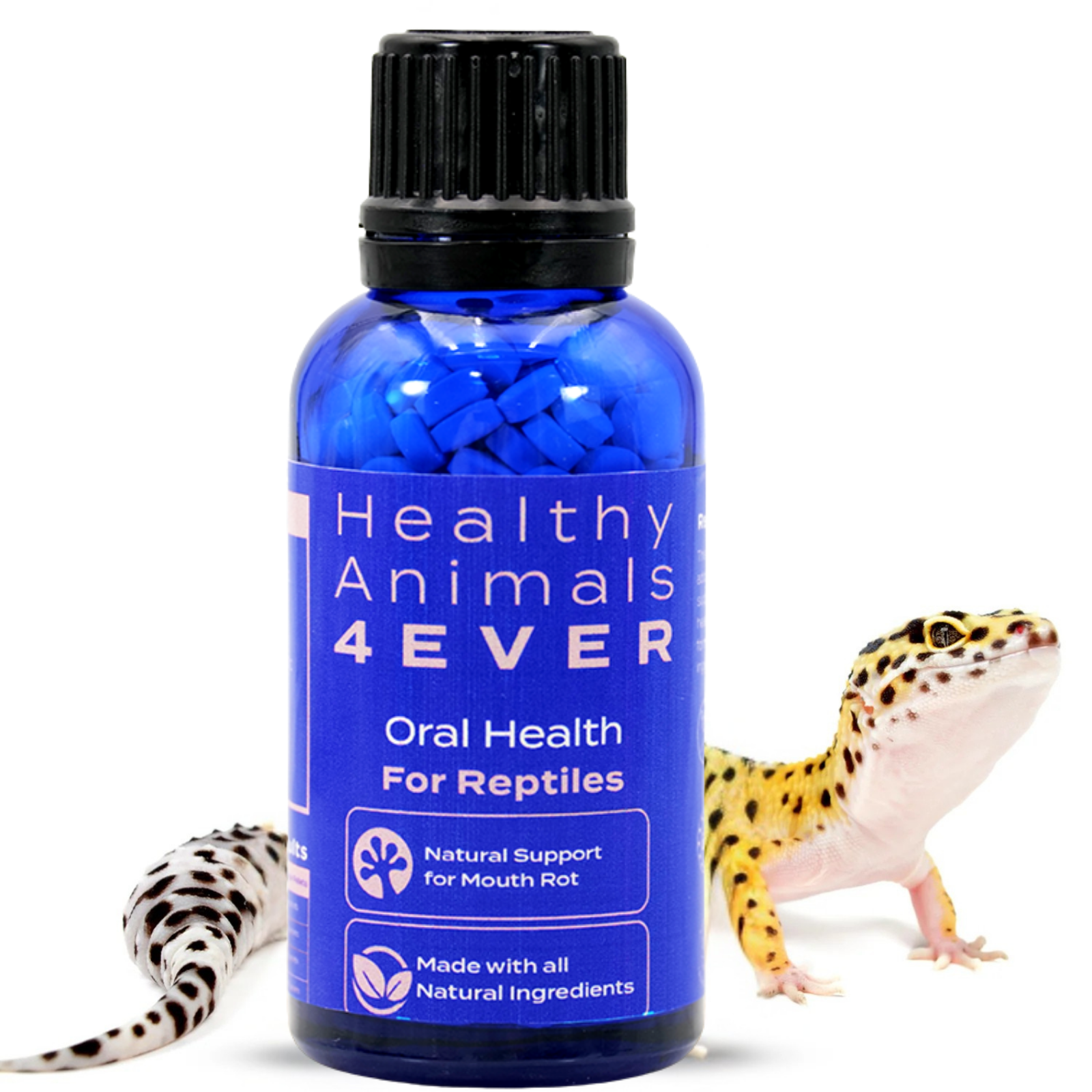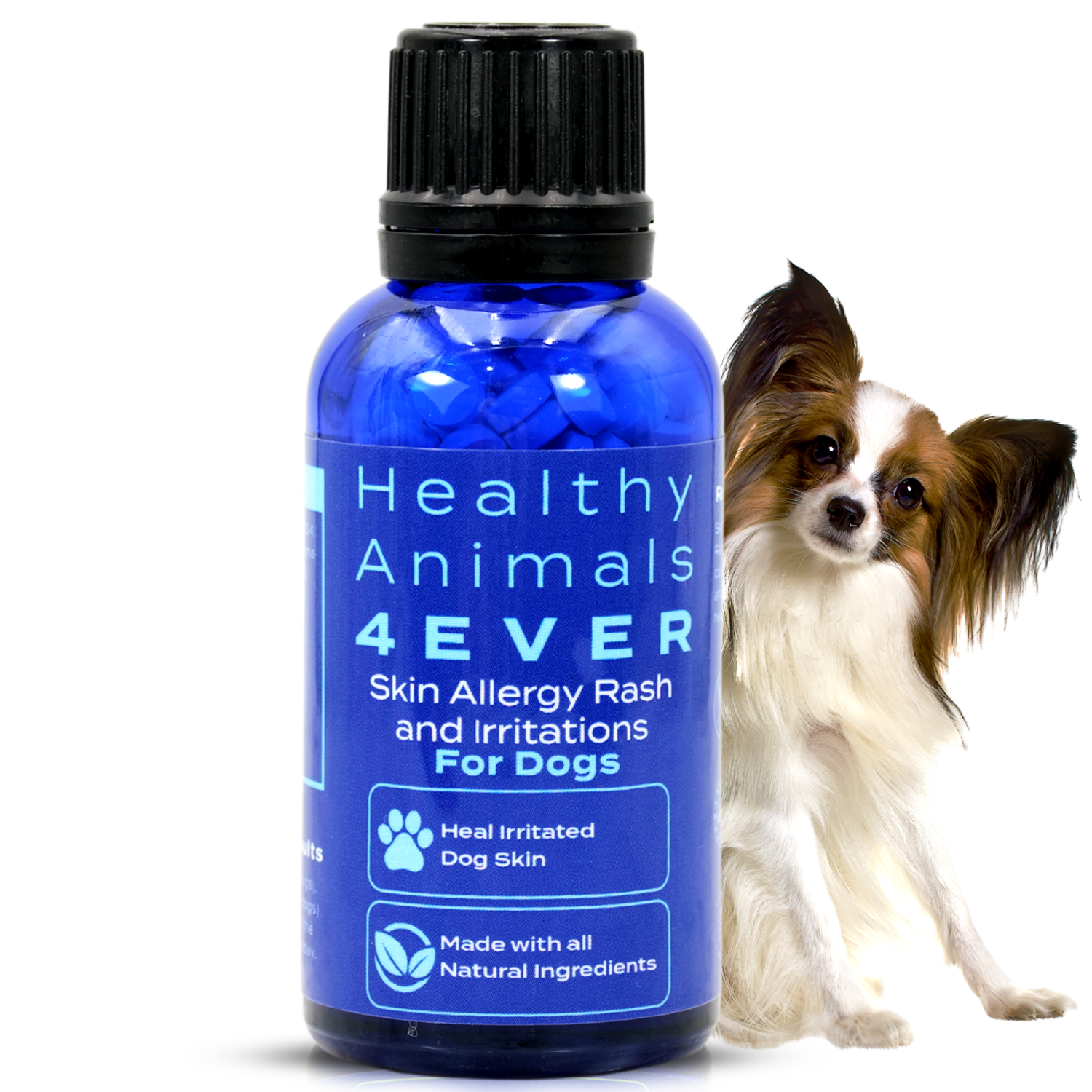Winter Housebreaking: 20 Essential Tips for Successfully Training Your Dog in Cold Weather
Housebreaking a dog poses challenges, and the task becomes even more demanding when winter's chill sets in. The cold weather introduces unique obstacles to the housebreaking process. However, with essential information, strategic preparation, and the proper mindset, you can successfully navigate and overcome these challenges, ensuring a well-housebroken pet regardless of the frosty conditions.
In this blog, we'll explore specific tips and insights tailored to make housebreaking during the coldest days of winter manageable and a positive and successful experience for you and your furry companion.
Tip #1: Enhance the Location for Winter Housebreaking
During the winter, dogs face difficulty locating suitable spots for their bathroom needs due to the cold weather affecting their sense of smell. Cold air diminishes their ability to pick up scents, making it harder for them to find an appropriate place.
Preparing a designated area in your yard is crucial to facilitate your dog's bathroom routine. Start by shoveling a clean patch of lawn free from snow, providing your furry friend access to a comfortable spot of grass. This helps your dog locate a suitable area more easily and prevents them from searching excessively in the cold.
Establishing a specific bathroom zone in your yard serves two purposes: it assists your dog in quickly identifying an appropriate location and simplifies your clean-up process. By consistently using the same prepared area, you'll streamline the housebreaking routine for your dog and minimize the time spent in the chilly outdoors during the winter months.

Tip #2 Establish a Consistent Bathroom Routine
Like humans, dogs have specific times to use the bathroom. Understanding your dog's routine is essential for successful housebreaking during cold weather. Dogs typically need to relieve themselves when they wake up, after playing or exercising, and a few minutes after eating.
Rather than relying on your dog to signal when they need to go outside, take a proactive approach by implementing a regular bathroom schedule. Anticipate their needs by taking them outside at specific times each day. This helps prevent accidents indoors and allows your dog to follow a predictable routine, especially during cold weather when outdoor trips should be efficient and purposeful.
Tip #3 Encourage Good Behavior with Positive Reinforcement
Dogs are eager to please, and they thrive on positive reinforcement. Instead of resorting to punishments when your dog makes a mistake indoors, focus on positively redirecting their behavior. If your furry friend has an accident in the house, avoid scolding them, as this can lead to confusion, fear, and anxiety.
Instead, take immediate action by bringing your dog outside. If feasible, bring the waste with you and place it on the lawn to help your dog associate the designated outdoor area with bathroom activities. Once your dog successfully goes to the bathroom outside, promptly reward them with praise and treats. Positive reinforcement, such as enthusiastic praise and tasty treats, helps your dog understand that going to the bathroom in the right place is a behavior you appreciate, encouraging them to repeat it in the future.
Tip #4 Establish Clear Communication with Consistent Commands
Help your dog understand your expectations by using consistent language and commands. Choose specific words or phrases, like "Do you want to go outside?" and use them consistently whenever you take your dog out. Dogs are quick learners and can associate certain words with actions; they'll begin to respond when they want to go outside.
This makes it easier for your dog to comprehend your intentions and enhances your ability to respond effectively to their needs.
Tip #5 Choose the Right Tools
Selecting the right tools, such as crates, can significantly aid in housebreaking, especially for younger dogs. Crates provide a secure and comfortable space for your dog, and most dogs instinctively avoid going to the bathroom in their crate, making it a valuable training tool.
If you use a crate for training, ensure it's an appropriate size for your dog. The crate should be large enough for them to stand, turn around, and lie down comfortably but not so large that they can use one corner for bathroom purposes.
When using a crate, establish a routine of letting your dog outside immediately after opening the crate. This helps reinforce the connection between being in the crate and needing to go outside for bathroom activities. Additionally, be mindful not to leave your dog in the crate longer than they can comfortably hold their bladder.
Alternatively, some prefer training their dogs to signal when they need to go outside. One method involves hanging a bell from the doorknob and teaching the dog to ring it when they need to go out. While this is considered advanced training and unnecessary for basic housebreaking, it can be a helpful communication tool between you and your dog.

Tip #6: Dress Appropriately:
In colder weather, dogs, especially those with short fur or smaller breeds, can feel the cold like humans. Consider dressing your dog in a snug-fitting sweater or jacket to make outdoor bathroom trips more comfortable.
Ensure that the attire covers them adequately, providing warmth without hindering their movement. This extra layer keeps them cozy and encourages them to venture outside for bathroom needs.
Tip #7: Create a Sheltered Potty Area:
In harsh winter conditions, shielding your dog from the elements during bathroom breaks is essential. Set up a sheltered area near the designated bathroom spot, such as a canopy or a small doghouse. This protective space offers a refuge from rain, snow, or biting winds, motivating your dog to fulfill their needs without hesitation.
Ensure the shelter is well-insulated and comfortable for your dog, encouraging them to use it during colder days.

Tip #8: Be Patient and Consistent:
Patience is key when housebreaking your dog, especially in cold weather when you and your pup might be less enthusiastic about outdoor activities. Stay committed to your routine and be consistent with bathroom breaks.
If dogs sense their owner doesn’t want to take them outside, they will try not to go. Keep boots and a coat near the door so you can take the dog out and be comfortable when you’re out there. Make it pleasant for both of you. Positive reinforcement and a patient approach foster a trusting relationship and a successful housebreaking experience.
Tip #9: Adjust Feeding Times:
To establish a more predictable bathroom routine during colder months, consider adjusting your dog's feeding schedule. Feeding them at consistent times daily will help regulate their digestive system, making it easier to anticipate when they'll need to go outside. Be mindful of the last mealtime, especially in the evening, to reduce the chances of unexpected bathroom emergencies during the night.
Tip #10: Monitor Water Intake:
While your dog needs to stay hydrated, managing their water intake can be beneficial, especially before bedtime. Limit access to water a couple of hours before sleep to reduce the likelihood of nighttime bathroom emergencies. However, ensure they have ample water during the day to stay hydrated and healthy. Monitoring water intake helps balance preventing accidents and maintaining your dog's well-being.
Tip #11: Prioritize Paw Protection:
Cold weather can be harsh on your dog's paws. Ice, snow, and cold surfaces can lead to dryness, cracking, and discomfort. Consider applying a paw balm or wax before heading outside to prioritize your dog's health. These protective balms create a barrier against the elements, preventing salt, ice, and other irritants from causing damage to your dog's sensitive paw pads.
Easiest DIY Dog Paw Balm Wax Tutorial | Jenelle Nicole
Click here to explore other natural remedies to keep your dog healthy and happy.
Additionally, wiping your dog's paws with a damp cloth after outdoor excursions helps remove potentially harmful substances, keeping them clean and healthy. Regularly checking for signs of dryness or injury allows for prompt care, ensuring your dog's paws stay in top condition even in chilly weather.

Tip #12: Warm-Up Time Indoors:
Before heading outside in the cold, give your dog a few minutes indoors to acclimate. This brief warm-up helps them adjust to the temperature change. It makes outdoor bathroom trips more comfortable, especially on highly chilly days.
Tip #13: Designate Indoor Bathroom Spots:
Consider creating an indoor bathroom option, like a designated pee pad area. While the goal is outdoor training, having an indoor backup can be helpful during severe weather or for older dogs who may struggle in the cold.

Tip #14: Use Reflective Gear for Nighttime:
With shorter daylight hours in winter, it's essential to be visible during nighttime bathroom breaks. Attach reflective gear to your dog's collar or leash to ensure you are easily seen, enhancing safety during those early morning or late-night outings.
Tip #15: Incorporate Playtime After Bathroom Breaks:
Encourage your dog to associate bathroom breaks with positive experiences by incorporating playtime immediately after they've done their business. This positive reinforcement connects the outdoor bathroom routine and enjoyable activities.
This extra playtime can also be very helpful if your dog is at risk of being overweight.
Weight Loss provides natural support to reduce overeating in dogs. Energy-boosting formula. Promotes healthy elimination of extra body weight.
Tip #16: Monitor Signs of Discomfort:
Keep a close eye on your dog's behavior during cold weather outings. If they exhibit signs of discomfort, such as lifting their paws or shivering, it's essential to respond promptly. Shorten outdoor sessions during freezing days and prioritize your dog's well-being.
Tip #17: Provide a Cozy Resting Area:
After outdoor bathroom breaks in the cold, ensure your dog has a warm and comfortable resting place. This could be a cozy bed or a designated spot with blankets. A warm resting area makes your pet feel secure and encourages them to cooperate during housebreaking.

Tip #18: Maintain a Routine Even on Weekends:
Consistency is critical to successful housebreaking, so maintain a consistent routine, even on weekends. Dogs thrive on predictability, and sticking to a regular schedule helps reinforce good bathroom habits, making the training process smoother and more effective.
Tip #19: Utilize Safe Ice Melt Products:
If you use ice melt on your walkways or driveway, ensure it's safe for pets. Some products can be harmful to dogs' paws or health. Choose a pet-friendly ice melt to protect your dog from potential irritants, especially during winter walks and bathroom breaks.
Skin Allergy Rash and Irritations is a natural allergy remedy for all dogs. Helps heal irritated & infected skin. It may provide relief from insect bites. Provides a calming effect.
Tip #20: Introduce a Warm-Up Game Indoors:
Before braving the cold for bathroom breaks, engage your dog in a short indoor game to get their blood flowing. This quick burst of activity warms them up. It adds a positive association with going outside, making the experience more enjoyable for your pet.

The Bottom Line
In conclusion, housebreaking your dog in cold weather can be tricky. Yet, following the tips mentioned can make it a smoother experience. Remember, being patient, using consistent commands, and providing a comfortable outdoor space are essential. Dress your dog warmly, protect their paws, and keep a positive attitude.
You and your pet can overcome the winter housebreaking challenge with effort and understanding. Stay warm, stay patient, and enjoy the journey of building a strong bond with your pup!
You might also like the following:











